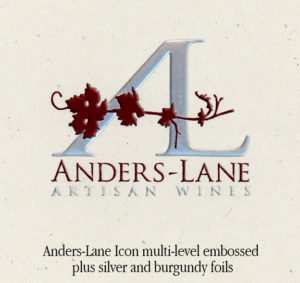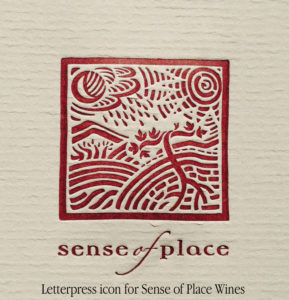
24 Jun Old World Printing Techniques Dead But Not Forgotten!
Every once in a while I’ll get lucky and find a client who values adding depth and character to their letterhead suite. Let me quickly qualify “letterhead.” That particular element in a businesses’ identity package is now a dinosaur. When was the last you received a “business letter?”
That said, there is still a place for business cards and personalized hand written cards. A well-designed and executed card says volumes about who you are as a company. If the card is not only well designed but also printed at a very high level of quality – people notice.
Special Executions Defined:
Special executions, when printed on textured stocks, have depth and dimension. They beg to be touched. It’s almost as if the visual elements in the design are jewels embedded in paper. Here are a few old world printing techniques that will raise the bar on your identity components:
 Embossing:
Embossing:
Multi-level embossed images are created by an engraved brass or zinc plate. A logo, for example, will be acid etched into metal. These “dies” are often hand sculpted to define detail. Once approved by the client the dies are locked into a small press and each impression is made one at a time.
Foil Stamping:
Foils are available in many colors and finishes. In wine country, gold foil is the overwhelming favorite. Foil stamping requires special tooling dies that are heated to “stamp” each impression.
 Letterpress:
Letterpress:
Remember typewriters? Same thing. Before computers and lithography, all type had to formed in lead machines. Today the letterpress effect is created by creating metal dies. Ink is applied to the raised surfaces of the die and stamped into the paper. The more pressure or force applied to the die, the deeper impression.
Paper Selection:
Embossing, foil stamping and letterpress are applied with heat. Heat flattens the texture in paper. If you look closely at each example you’ll see that the impression is more pronounced because the texture does not carry through. It’s been “ironed-out” by both the heat and the stamping processes. The more sheet texture, the greater the contrast.
That’s why old world printing techniques should never be forgotten.
